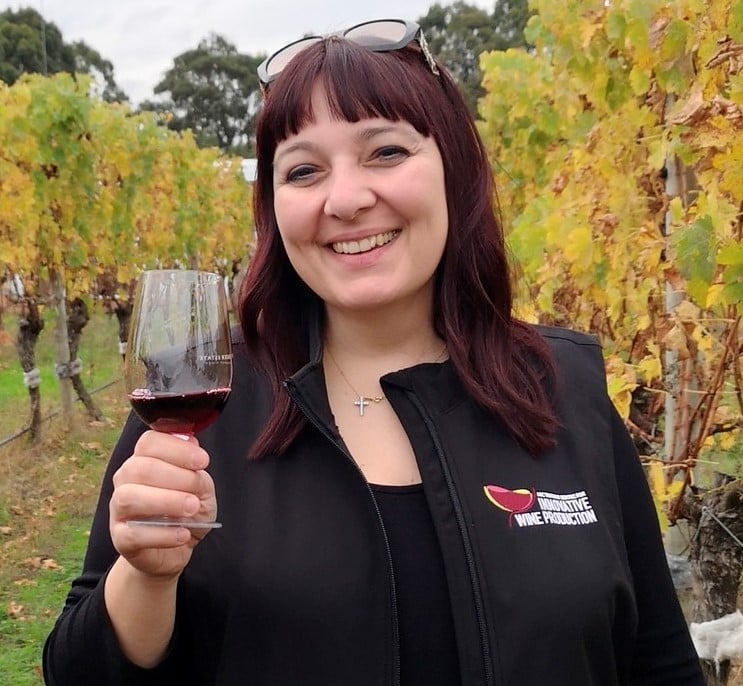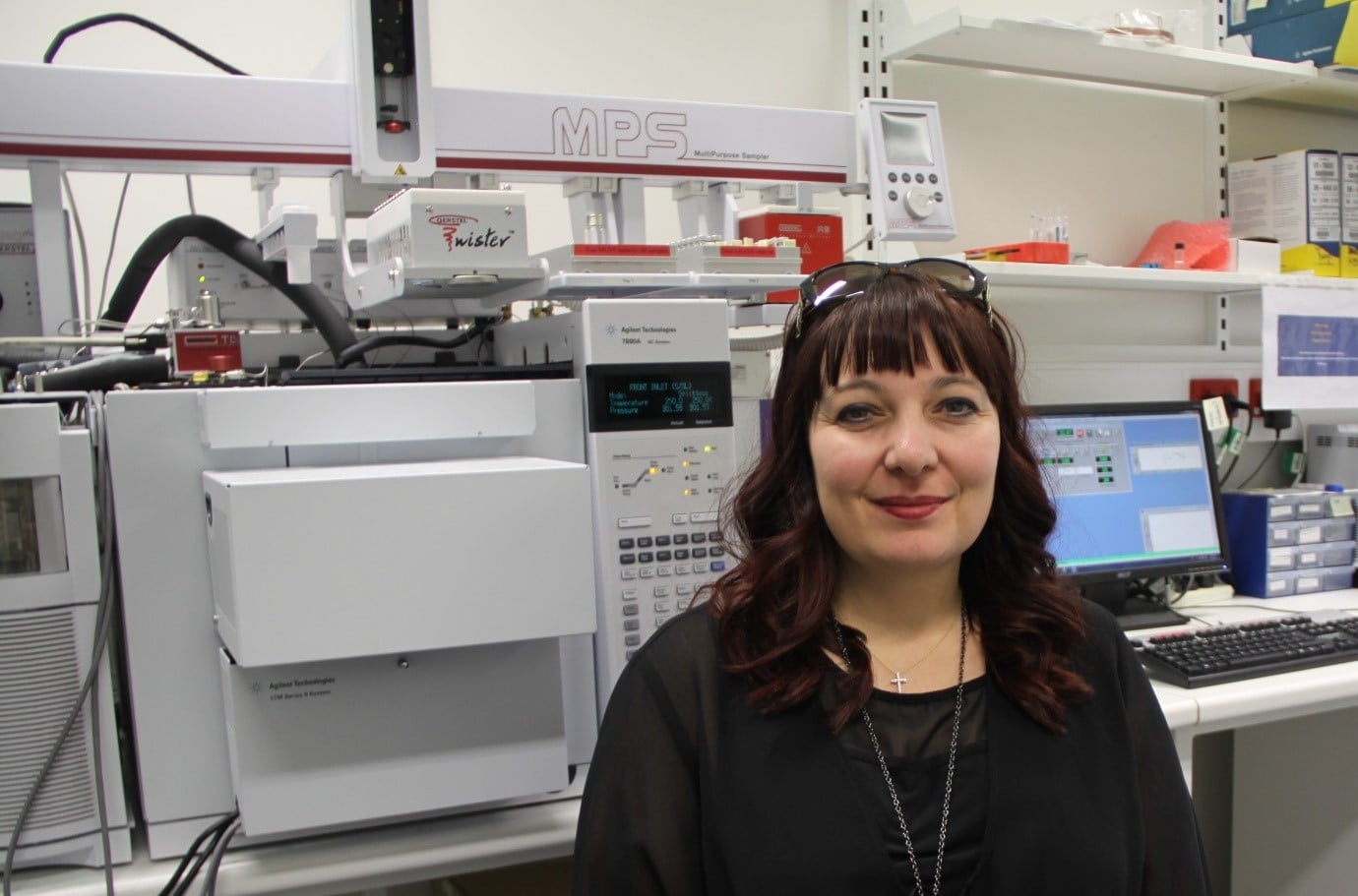Could you tell us a bit about yourself and your academic background?

I was born, raised and educated in Adelaide, South Australia. I completed a PhD at The University of Adelaide in 2012 in the School of Agriculture Food and Wine, whilst employed at the Australian Wine Research Institute, where I worked in flavour research for over two decades.
I have expertise in both targeted and untargeted chemical analysis of grape and wine components. My research mainly focuses on volatile compounds and precursors that influence wine aroma and flavour. These analytes either originate in the grape, are formed in the winemaking process, or arise from wine ageing.
I find it fascinating how certain compounds can be potent enough to make significant sensory influences. It is interesting to determine how these compounds are formed and understand their stability in wines so that we can ultimately provide the wine industry with tools to be able to either enhance or reduce particular aroma attributes.
I have published work on some of the most analytically-challenging compounds, such as potent thiols associated with ‘citrus’, ‘grapefruit’, ‘smoke’ and ‘roasted coffee’ aromas in certain wine styles, and have been involved in the identification of compounds that were responsible for aroma attributes including ‘plastic-like’ taints from various sources, and compounds important to ‘green’ aroma in red wine.
I have co-authored more than 60 peer-reviewed publications and have won numerous prizes, with the most notable being the South Australian Science Excellence Award (Early Career – Life and Environmental Sciences) in 2013. Additional highlights for me outside of the lab include that I have co-organised symposia, workshops and have been invited and presented at numerous conferences both nationally and internationally.
Could you introduce us to your project and what it involves?
 I am currently an ARC Research Associate in the ARC Training Centre for Innovative Wine Production at the University of Adelaide. My project aims to preserve or enhance the expression of wine aromas and flavours from our unique wine regions. This is important as Australia strives to consolidate its international reputation as a fine wine producing nation, and greater understanding can help promote our products.
I am currently an ARC Research Associate in the ARC Training Centre for Innovative Wine Production at the University of Adelaide. My project aims to preserve or enhance the expression of wine aromas and flavours from our unique wine regions. This is important as Australia strives to consolidate its international reputation as a fine wine producing nation, and greater understanding can help promote our products.
Cabernet Sauvignon is the most expansively planted grape variety in the world but little is known about the viticultural/environmental factors that affect wine chemistry and aroma/flavour. We are applying a multidisciplinary approach to define the uniqueness of Australian Cabernet Sauvignon wines by understanding the chemical and sensorial basis of regional typicity, focussing initially on commercial wines from various regions.
Once the chemical drivers are defined, we will carry out viticultural and winemaking studies to determine how to manipulate these, to produce wines that meet quality and/or style targets of producers and the needs of consumers. This is a collaborative project that involves CSIRO and Coonawarra Vignerons as partner organisations.
What can you see yourself doing in the future?
The research is what drives me. Despite there being around 1,000 volatile compounds identified in wine, to date there is still a lot we do not know!
I have worked in wine research for more than two decades and my passion for research, the wine industry and education has continued to grow over this time. In the future I would like to tackle new research topics that support the needs of the wine industry and develop my skills as an educator.
